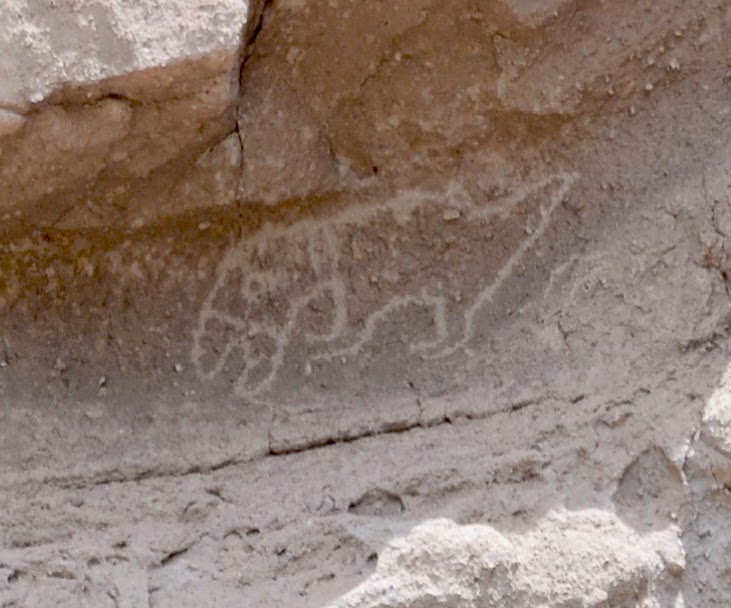Macaws, like the one carved here, were brought as trade items from Mexico:
It's thought the people lived here in permanent settlement for abut 400 years before closing up shop and moving on. No one knows exactly why they left, but they did..moving south and east toward the Rio Grande river..a very similar experience to that of the people who lived in Mesa Verde and Chaco. Now, most of their descendants live in modern pueblos throughout the region; the Pueblo People.
And here's a note right out of the Park Service's guidebook: People have not lived in Frijoles Canyon for more than 450 years, but the site is not abandoned, according to tradition. Modern Pueblo people believe their ancestors still inhabit the place in spirit.
Here's how it looks from the valley floor across Frijoles Creek:
Come visit the ancients at Bandelier.
-0-
I'm moving on tomorrow. Talk to you from the Grand Canyon later this week.
Adios.
###
7/14/2014









No comments:
Post a Comment